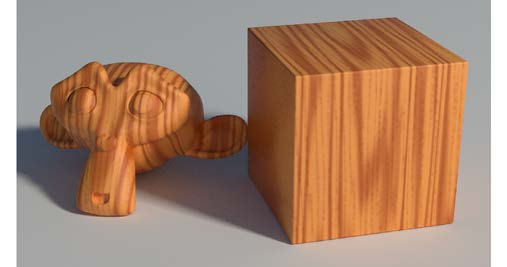

- #Blender print to scale how to
- #Blender print to scale install
- #Blender print to scale software
- #Blender print to scale professional
- #Blender print to scale series
I renamed the object name to "Working Area" so you don't mix with other objects in the collection.ģ. Then you should see the Working Area as the image below.
#Blender print to scale software
This step is optional because usually you can change the object scale in the Slicer software (the tool that converts the 3D object in instructions for your printer), but if you want to have that control, do the following: Next step is to make visible the boundaries you should be constrained so the object fits in your 3D printer range. Now the grid in the image is showing a 1 millimeter granularity. To set a new grid size you click in the Overlays option as the image shows below and change the scale of the grid to 0.001. Ideally the grid should have a 1 millimeter granularity. Having a properly sized grid is very important because it helps us to quickly check sizes when modeling and also to align different objects. The grid is still showing 1 meter between each line. If you see the object dimensions above, you will realize that now it shows as having an edge of 2 millimeters instead of 2 meters. It defines the scale factor to use when converting between internal units and values displayed in the user interface. To have better units to work on your model, open the Scene window as the image shows below and change the following settings:

While I wished we had a printer big enough to print objects like that, we need to scale down the units to be able to handle smaller objects and we also need a grid compatible with our printer capable volume. The cube in the image has an edge of 2 meters and the grid where the cube lies has 1 meter of distance between each line. With an object selected in Blender, if you press N you can see the dimensions of the object, presented in the image below. What you see should be what you will getģD printers are precise instruments and knowing the exact size of objects when modeling is crucial to have a printed object in the dimensions you planned. To delete them, just select them in the right sidebar, the one with the Scene Collection, and press X while selecting camera and light or use the context menu. The first step is to get rid of elements we don't need in 3D printing, which are the camera and light. When you start Blender, you get the following screen: You can also override the default startup file with File > Defaults > Save Startup File. Feel free to save the file to use as a template in the future. 3D Printing setupįrom now on, if you wish, you can open Blender and follow along the setup of this boilerplate file.
#Blender print to scale series
For 3D printing you will need at least to watch the series until day 3, covering the basics, editing objects and modifiers. You can easily see how dexterous he is in the tool after a few minutes watching it and I personally liked the pace of the course which is not slow and you can learn a lot in a short period of time. Ram Singh is the author of this video series where he teaches Blender in 7 days. I'll save your time and recommend the one I watched:
#Blender print to scale install
Learning Blenderįirst you need to install it: For this post I'm using Blender 2.90.1, but even if you have a newer version you should be able to follow it.īeing the popular tool that Blender is, there's plenty of online resources to learn it.
#Blender print to scale how to
This article won't teach you how to model or how to get your model in the printer, but I'll give some tips and directions on how to get there. I'll show you how to setup a boilerplate Blender file that has everything you need to start 3D modeling and avoid the common pitfalls that can affect your print later. In case I get myself too involved at least I don't need to move to a new tool, because Blender has no limits!

#Blender print to scale professional
I personally like the combo made by free software, big community support and a super professional tool. And among the several tools available, I chose Blender to learn and use.īlender is an ultra complete, professional, free and open source 3D creation suite. In the first weeks with a 3D printer you usually rely on pre-designed models in the several 3D model repositories available for free, but it's inevitable that at some point you will want to design your own models. And I must say, 3D printers are fun and opens a world of possibilities of toys, tools, home appliances and many more. I was always curious about them but never got a strong reason to buy until I had to find ways to get my son and me entertained at home. One of the distractions I decided to get since the pandemic started was a 3D printer.


 0 kommentar(er)
0 kommentar(er)
